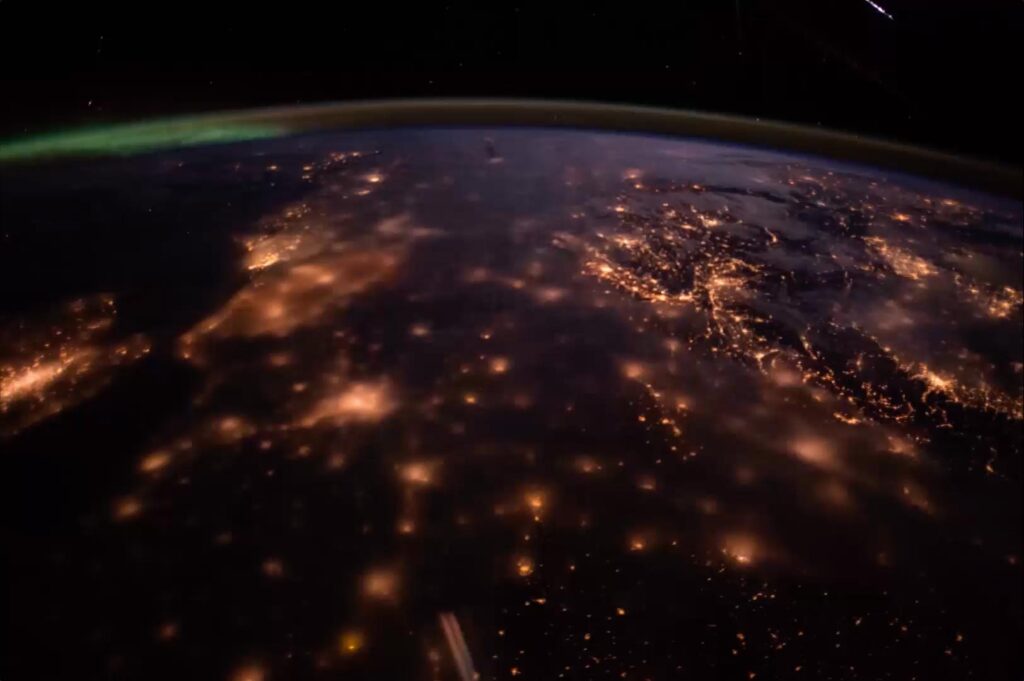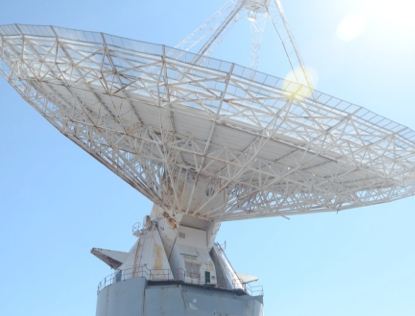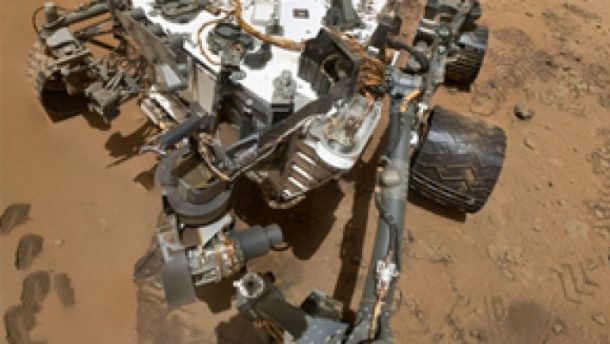Space Science & Space Engineering
The Space Science stream focuses on the exploration of the Earth and its atmosphere from space, as well as the exploration of other planetary bodies. Lassonde space scientists have conducted groundbreaking research on lakes on Mars, atmospheric processes in the Earth’s atmosphere and the technologies that make such discoveries happen.
Space Engineering is a rapidly emerging field that has links to many other disciplines including Space Science, Mechanical Engineering, Electrical Engineering, Geomatics Engineering and Computer Engineering, all of which are offered at Lassonde. Space Engineering is concerned with the development of space technology and its applications that will increase our knowledge of the Earth, our planetary system and the universe.
Space Engineering in combination with Space Science enables the development of new technologies and applications that accelerate economic growth and improve the standard of living.




Michael Daly

Regina Lee
Dr. Lee’s research interests include Geolocation Algorithms, Nanosatellite Technologies, Micro-Electronics, and Attitude Control Research.

Gordon G. Shepherd
Dr. Shepherd is Principal Investigator for Canada’s Wind Imaging Interferometer (WINDII), in orbit on NASA’s Upper Atmosphere Research Satellite (UARS) from September 1991 to September 2003. Using photochemically produced visible region “airglow” emissions as a target, he determines winds and temperatures over the altitude range 80 to 300 km. The emission strength also provides information on the concentration of atomic oxygen, an important constituent in the upper atmosphere. Migrating tides, non-migrating tides and planetary waves are dominant features of the dynamics of this region, and they move the atomic oxygen up and down by as much as 7 km. The non-migrating tides originate in severe weather associated with continental landmasses, and propagate into the upper atmosphere, where WINDII observes them as a pattern of four waves around the Earth. Other unusual features such as polar mesospheric clouds and the impact of solar flares on the atmosphere have been observed. The analysis of the 23 million images collected continues today.





